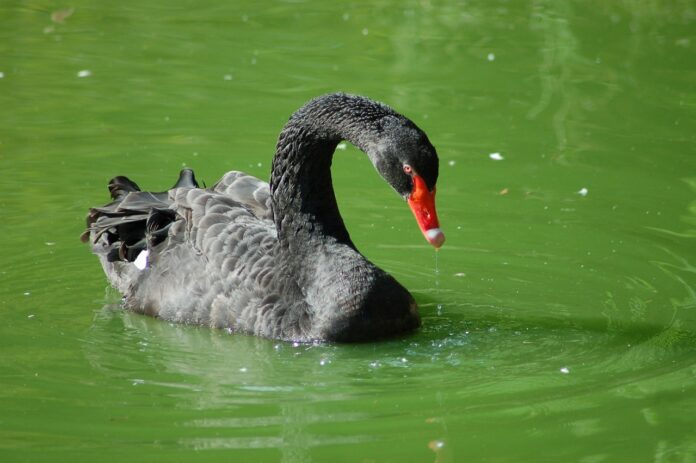Many people are familiar with H.C. Andersen’s fairy tale about the ugly duckling, an outcast in the barnyard who turns into a beautiful swan. Young children feel sympathy for the duckling and rejoice in his success. As they grow older, they begin to wonder how much of this story is true. Do these graceful and beautiful birds really look so awkward at the beginning of their lives? Can a duck raise and nurture a swan chick?
In reality, a swan’s egg is slightly larger than a duck’s, so the chance of events unfolding as described in Andersen’s story is quite slim. However, in domestic settings, it’s possible. Swans and ducks are considered related species.
If the chick hatches from the egg, it won’t look like a scarecrow but rather a large, fluffy, and cute gosling. One might assume that Andersen used the word “ugly” metaphorically, meaning “different from the others.” After all, when compared to the miniature, sunny yellow ducklings, a large, nearly colorless swan chick would seem out of place. But as time passed, the chick transformed into a beautiful white bird.
It’s no coincidence that Andersen chose a swan as the protagonist of his story. These birds indeed attract attention and inspire admiration. Swans are considered the largest birds in Europe, but unfortunately, they are now considered endangered: of the 16 known swan species, only 6 still exist today.
Interesting Facts About Swans
- Almost all swan chicks are born light gray or white. Their plumage develops as they mature, usually around three years of age. The color depends on their habitat, with white swans typically living in the north and black swans found further south.
- It’s difficult for the elegant swans to move on land, so they spend most of their lives in water. When they walk on land, they lose all their grace, waddling clumsily from side to side.
- A swan’s body has about 25,000 feathers. This abundance of feathers keeps them warm and makes them appear so magnificent. However, during molting, they lose more than half their plumage, temporarily losing the ability to fly.
- Due to the thermal properties of swan down, these birds became victims of mass hunting, and 10 species went extinct. The remaining 6 species are now listed in the Red Book.
- A swan’s long neck is not just for show; it’s a functional part of their body, allowing them to gather food without diving underwater.
- Swans are indeed monogamous. However, the belief that if a partner dies, the surviving swan remains alone for the rest of its life is a myth.
- Swans are not aggressive, but if necessary, they can break a predator’s bone with a single wing strike to protect their offspring.
- In the UK, all swans are protected because they are considered royal property. Only members of the royal family are allowed to eat them.
- Beautiful and graceful swans have an extraordinary memory. They remember all the sights and sounds they’ve encountered throughout their lives.
- Swans can fly at speeds of up to 80 km/h (50 mph).
- Thanks to their V-formation during migration, a flock can cover more than 1,000 kilometers (620 miles). The strongest bird leads the flock, creating aerodynamic currents with its wingbeats that make it easier for the less resilient swans to follow.
- In the 1960s, pilots recorded swans flying at an altitude of 8,200 meters (26,900 feet), a record height.
- Swans are easily domesticated and are often kept as ornamental birds. If provided with comfortable conditions, they will return to the same place after winter or, if the climate allows, won’t migrate at all.
- Lifespan: Swans can live up to 20-30 years in the wild, with some individuals even reaching 40 years if they are in a protected environment with fewer natural predators.
